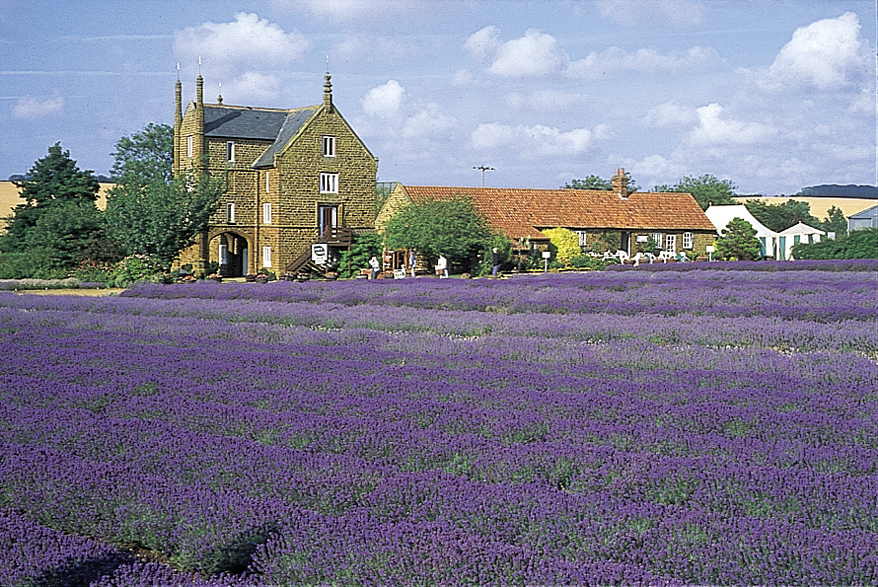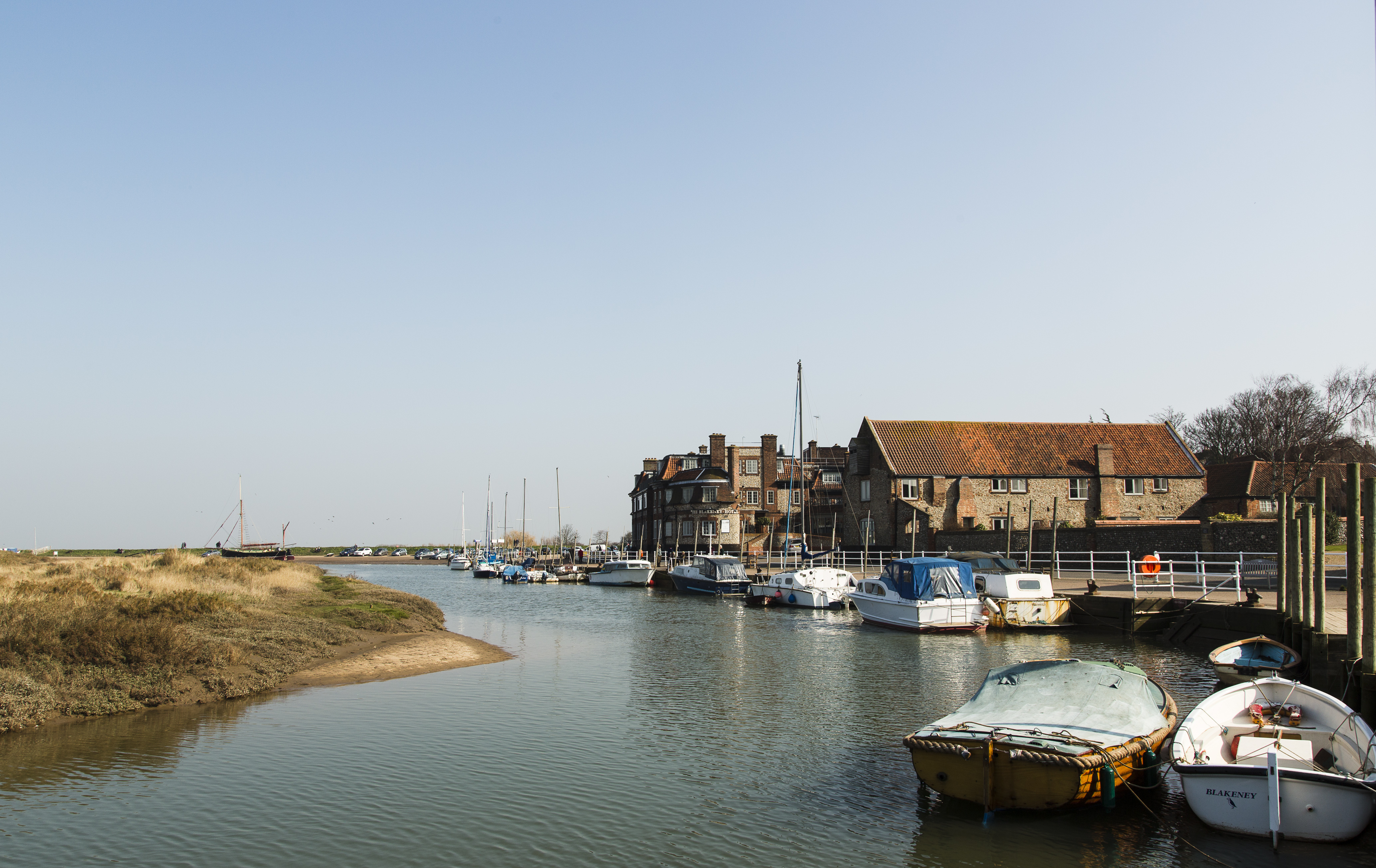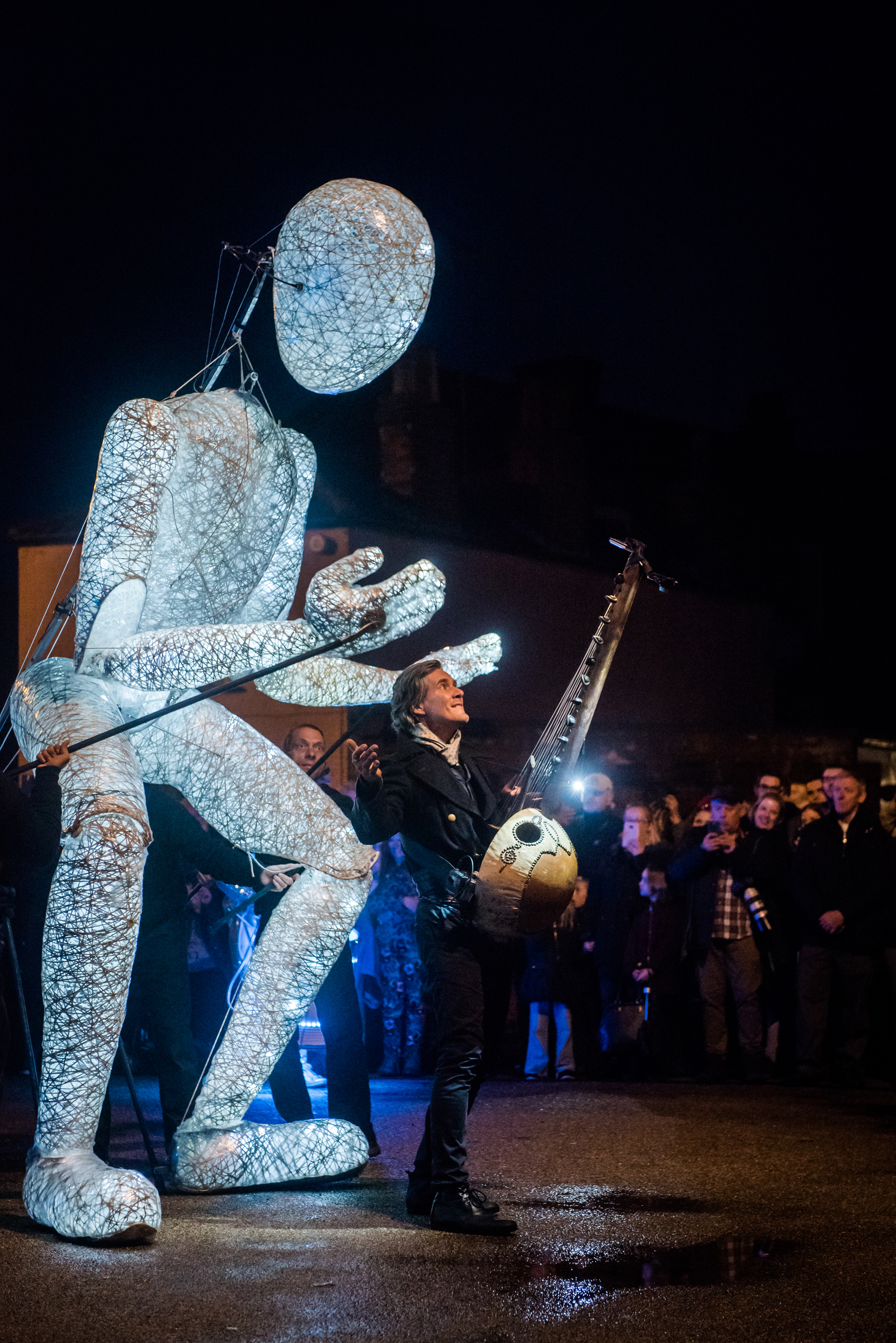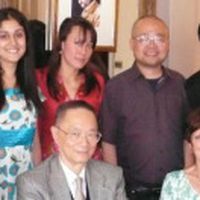#peripheries: East Anglia Culture Feature | United Kingdom

culture360.ASEF.org is featuring a series of articles on the topic of #peripheries. The #peripheries have been regarded as being in the geographical margin, distant from the capital cities and cultural centres of countries. With an ongoing decentralisation trend, through this series of articles, we will look at various arts endeavours by artists, cultural professionals and art organisations who operate or occupy the peripheries in an urban society and the role that the arts play. In this article, Angela Youngman looks at East Anglia, a rural area of the United Kingdom, with a surprisingly international focus. Among its many museums, art galleries and festivals are a world-renowned collection of art nouveau, a gallery focusing on the art & culture of Southeast Asia, and the internationally renowned Sainsbury Centre.
East Anglia is a very rural area of the United Kingdom (UK), best known for its farms and open coastline popular with visitors keen to enjoy the seaside. It is also an area with a surprisingly international focus and vibrant cultural activities. Among its many museums, art galleries and festivals are the internationally renowned Sainsbury Centre, which has hosted amazing exhibitions dealing with the art and culture of Faberge and Radical Russia, a gallery focusing on the art and culture of Southeast Asia and an international circus festival.
Such an international focus is nothing new, for this is an area that has long played an important part in trade across the North Sea. Even further back in time, pre-historic travelers across what was once Doggerland stretching from today’s Norway to the coast of East Anglia left their footprints in the soil nearly one million years ago.
Not far away in West Runton, the coloured strata in the cliffs bear witness to thousands of years of geology. It was here that a stormy night in 1990 resulted in the discovery of the remains of a 600,000-year-old mammoth, the most complete skeleton to be found anywhere in the world.
Reasons for this international outlook are not hard to find. East Anglia has one of the longest coastlines in the UK, covering three counties – Norfolk, Suffolk and Essex. With 90 miles (increasing to 93 when the tide is out), Norfolk has the largest stretch of coastline, much of which is simply windswept beaches plus a few towns like Cromer, Hunstanton and Great Yarmouth developed by the Victorians as holiday resorts.

Hunstanton at Norfolk, England
Although predominantly rural, East Anglia played a major role in the woollen, textiles and shoe industries over the centuries and academia. The University of Cambridge is not far away, while in Norwich itself is the University of East Anglia, home of the Sainsbury Centre for the study of Japanese Arts & Culture and South Asian Decorative Arts & Crafts.
Visitors flock to the Sainsbury Centre for its amazing collection of objects and ever-changing exhibitions. Founded as the permanent home of the Robert & Lisa Sainsbury collection of ethnographical and artistic works drawn from all over the world as well as seminal works by artists like Picasso, Degas, Epstein and Giacometti plus the internationally important Anderson Collection of Art Nouveau.
Tucked away in a quiet side street near the centre of Norwich is an amazing cultural collection of artifacts from throughout Southern Asia. Located in a building once used as a Victorian roller skating rink, it is now home to the South East Asia Collection which comprises both a shop and a museum, dealing with the traditional arts, crafts and cultures from India, Pakistan, Bangladesh, Burma, Thailand, Indonesia and Central Asia.
Display cabinets hold treasures of all kinds, such as contemporary Adivasi paintings, textiles from the Swat Valley, a wedding litter, vernacular furniture from Rajasthan, votive clay plaques from Molela and M.T.Hia’s Burmese watercolours. Surrounding them are displays of rugs, clothing, textiles and object d’art for purchasing – or you can stroll further in and discover a massive wooden carved Asian doorway set against the far wall, columns and arches.
Apart from the permanent collection, there is also a regular programme of exhibitions and talks ranging from Rabari embroidered textiles to the art of woodworking in Swat. Contemporary artists are often invited to create associated works. On display now are paintings by Alec Cumming alongside chosen objects, explaining how those items influenced his designs.

Norfolk, East Anglia
It is not just decorative culture which has given the area its international impact. Norfolk played a unique role in the development of the modern circus, since it was here that the first ever black circus proprietor set up its business over 100 years ago. The circus tradition has remained strong, and the nearby coastal town of Great Yarmouth hosts an annual Out There International Festival of Circus and Street Art involving artistes from all over the world. One of the most dramatic events was a Tambours de la Muerte (Drums of Death) procession involving giant skeleton puppets, stilt walkers and drummers wending its way along the coastal promenade.

Dundu and Worldbeaters Magical NightTime Shoe presented at the Out There International Festival of Circus and Street Art
Head over to the far west of the region, and visitors can explore another unique cultural collection, belonging to HM The Queen. Sandringham is one of her favourite homes, and where she and her family spend every Christmas. On display in the house and grounds are countless priceless objects collected by previous Kings and Queens, including oriental arms & armour brought back from journeys to the Far East and India in 1876, or were gifts from other rulers. There are also some very unusual items such as the first ever motor car owned by a member of the Royal family dating back to 1900 and tiny Indian doll dancers in a curio cupboard.
Yet another different type of international culture can be experienced in Newmarket – the world of horse racing. Newmarket is where modern day horse racing began over three hundred years ago and is still very much the centre of the industry. There are over 3,000 thoroughbred racehorses and 70 racehorse trainers based in the area, as well as historic racecourses. Visitors can explore a museum about the history and development of horse racing as well as an art gallery focusing on sporting art.
The cultural traditions of the region continue to develop and expand. Currently underway in Norwich is the creation of an immense embroidered tapestry utilsing a stitch that has rarely been used since the eleventh century when the Bayeaux Tapestry was created. The new Norwich Tapestry is a community project involving many volunteer stitches and will tell the story of the extensive East Anglian revolts following the conquest of England by William the Conqueror in 1066.
This article is written by Angela Youngman, a long-established freelance travel/tourism/culture journalist and author based in Norfolk. She writes for a wide range of national & international publications and websites and is a member of the group creating the new Norwich Tapestry.
Similar content
deadline
14 Jan 2013
posted on
10 Mar 2012
from - to
16 May 2017 - 24 Sep 2017
posted on
22 Nov 2011
deadline
16 Jan 2012
deadline
31 Jan 2014




